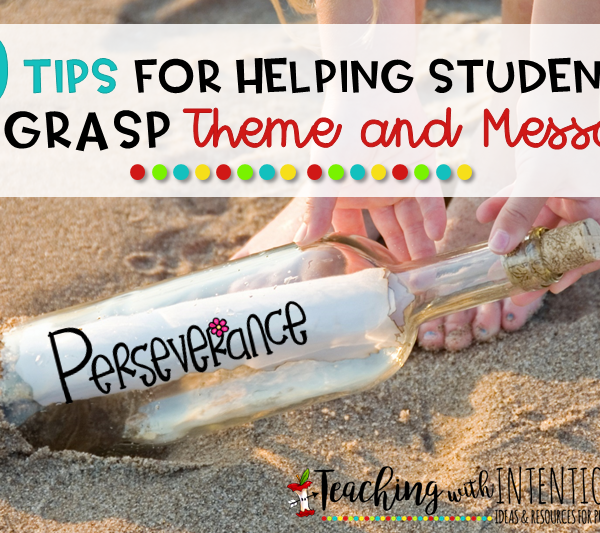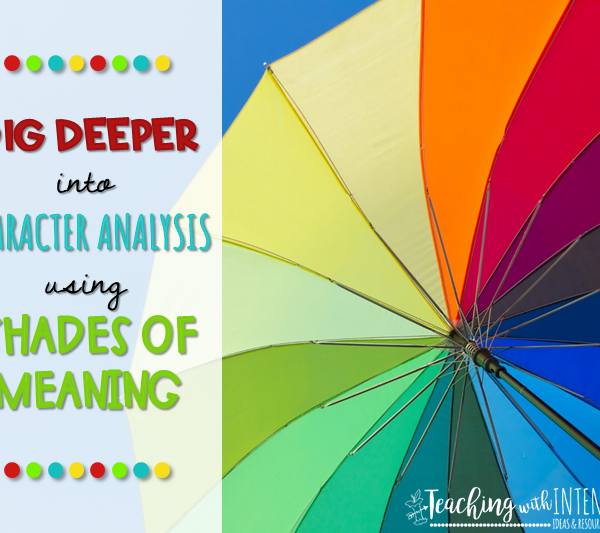Teaching–theme in literature can be quite difficult at the elementary level. As a third grade teacher, I have struggled with…
Read More
Vocabulary Activities
Shades of Meaning or Nuances
Understanding shades–of–meaning or nuances can make a huge difference in students’ ability to comprehend literary text. When reading with my…
Read More



